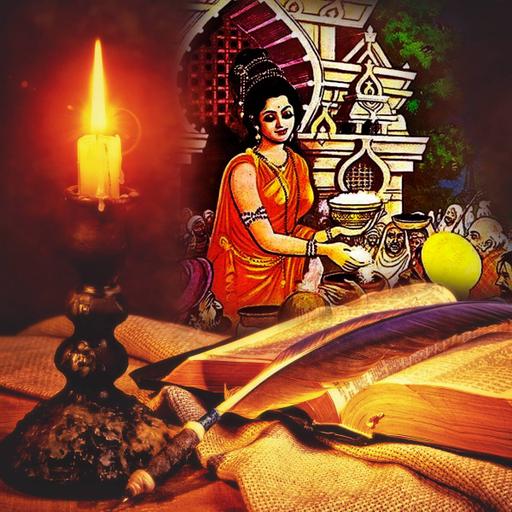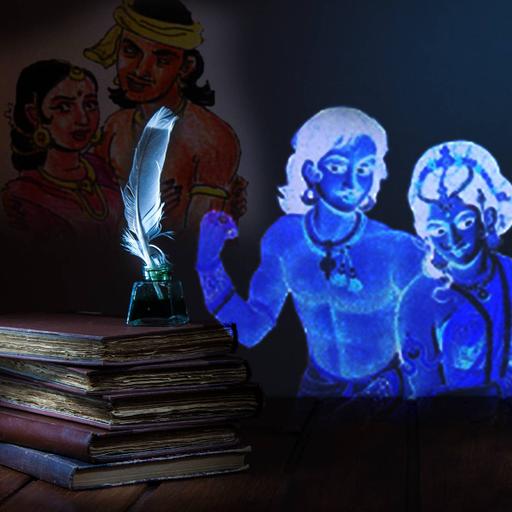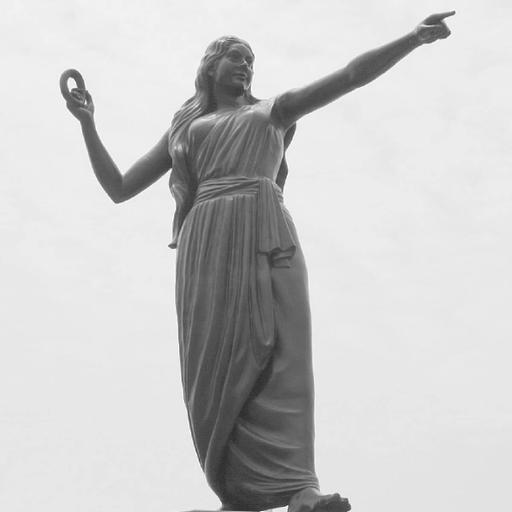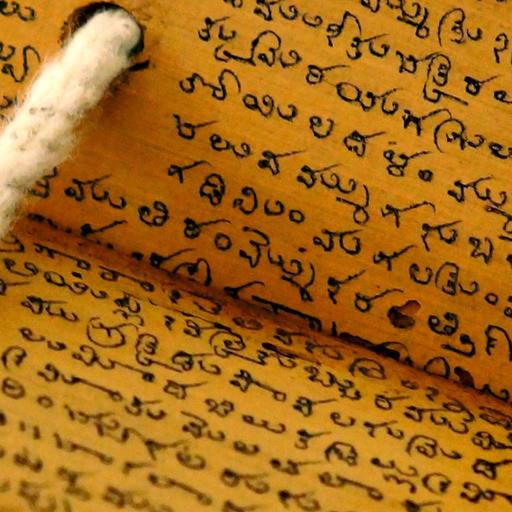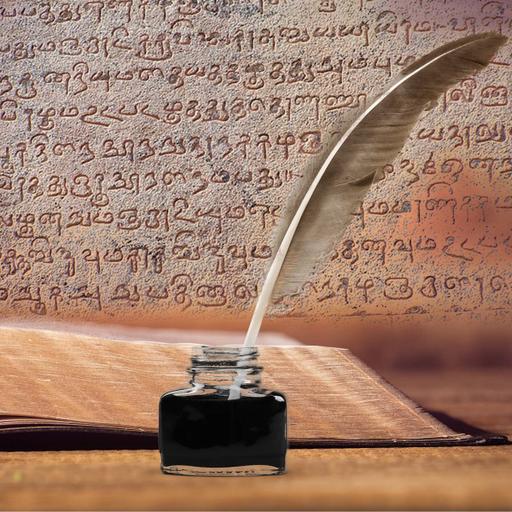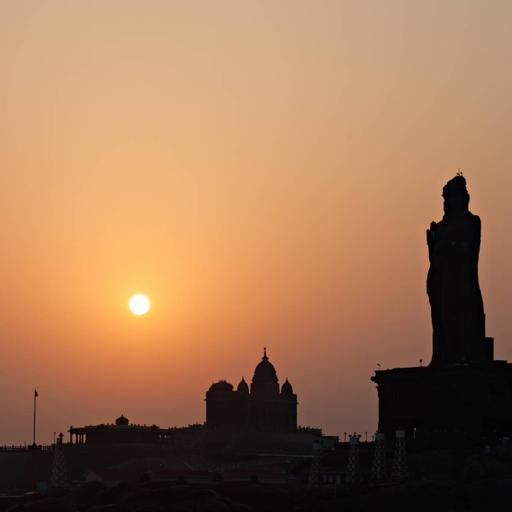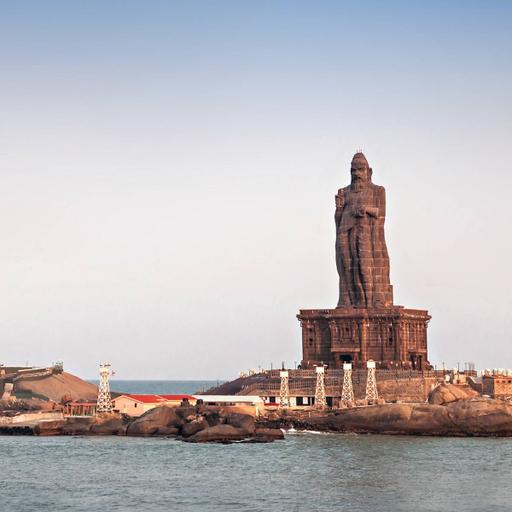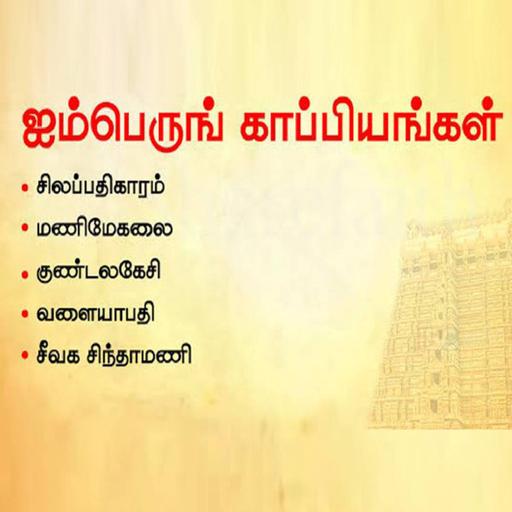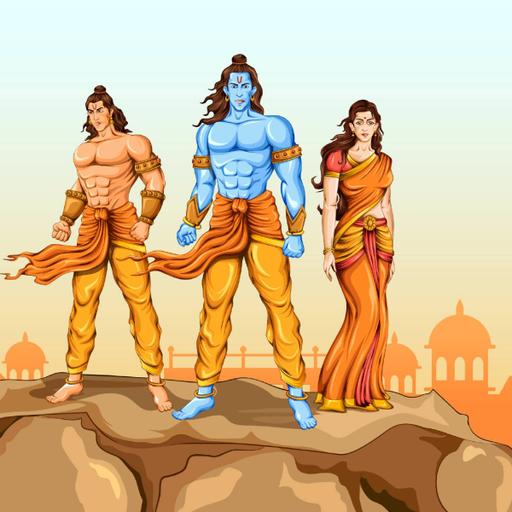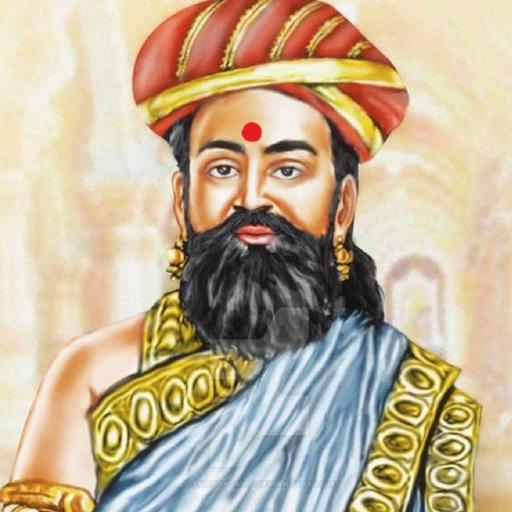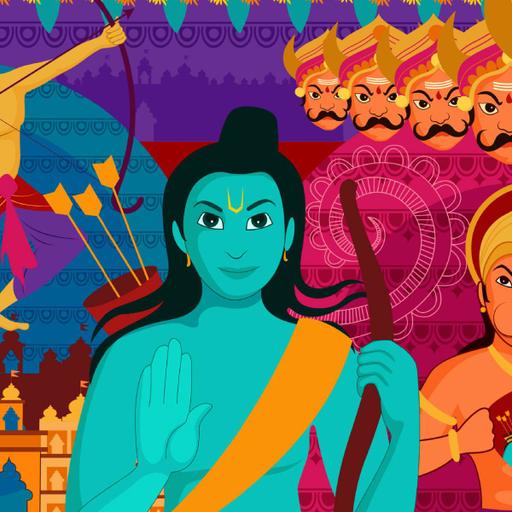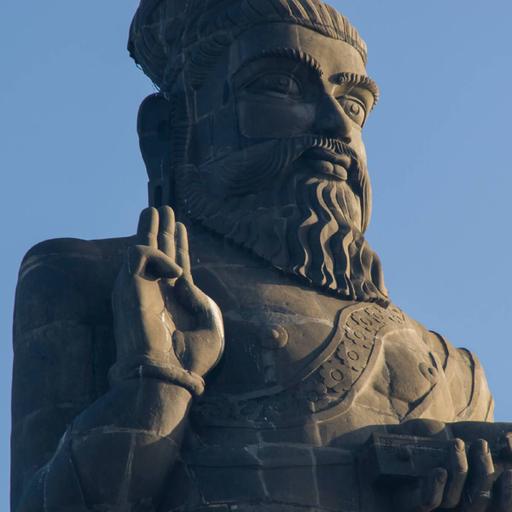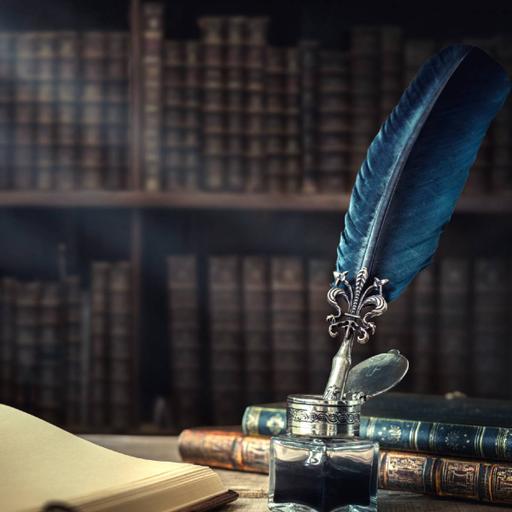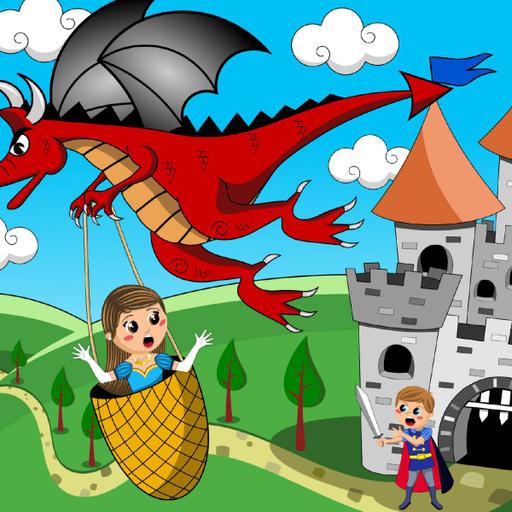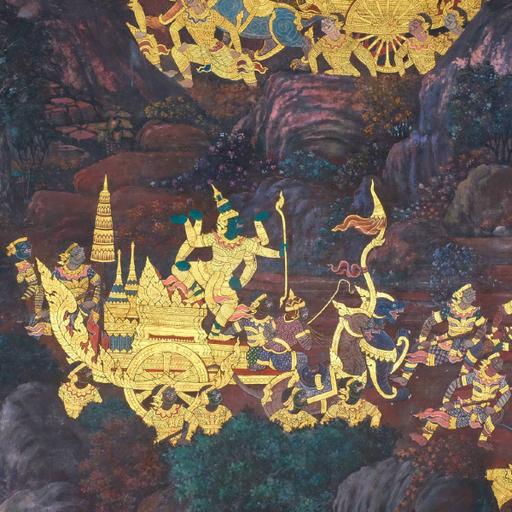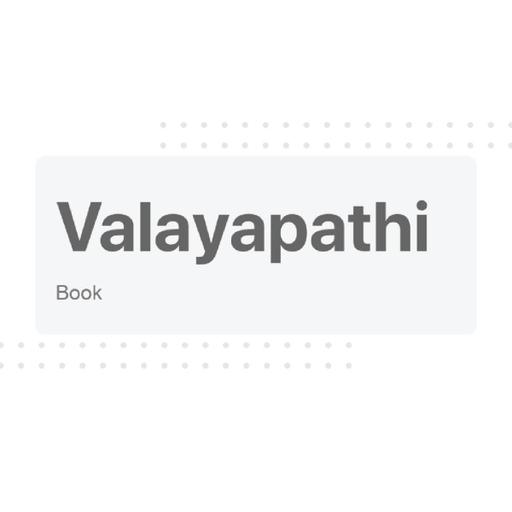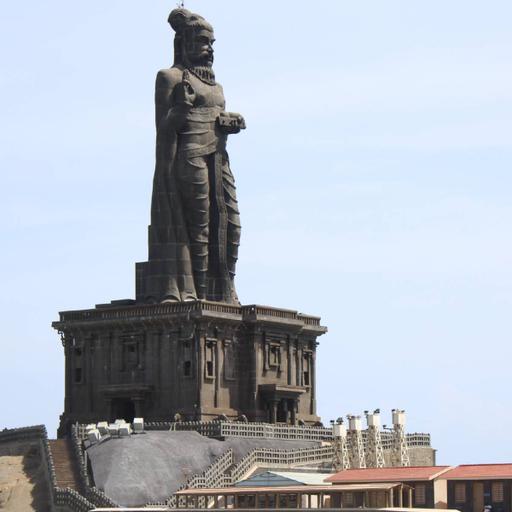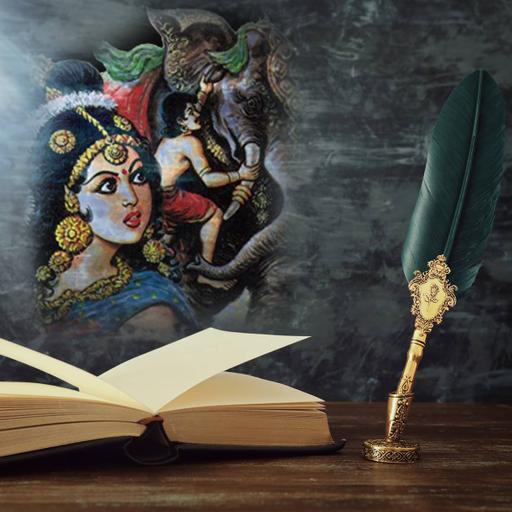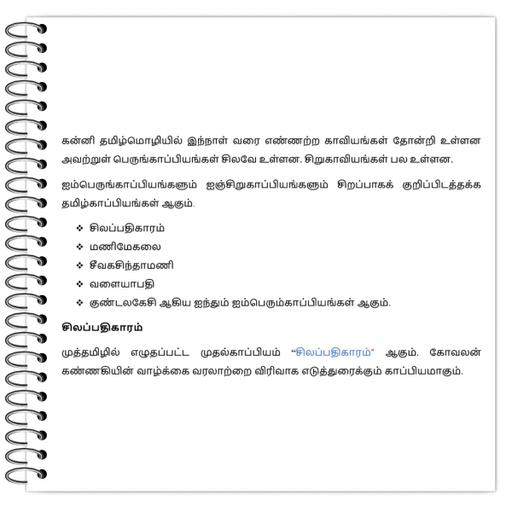Indian Regional Literature
Indian literature was primarily oral, and it had to be remembered from the Vedic era. This is often sung or repeated from generation to generation without the need of a text. Since the 16th century, Indian literature has taken on a new appearance, with people beginning to write in Sanskrit. During this period, the Mahabharata and Ramayana are two of the best examples of Sanskrit script. Following that, mediaeval Indian literatures were written in Kannada and Telugu, and literature was progressively translated into Marathi, Gujarati, Malayalam, Bengali, Hindi, and Urdu. Indian literature is now available in the majority of Indian regional languages. Biographies, poetry, drama, novels, short stories, and epics are all examples of Indian writing today. Indian Poetry: Indian poetry reflects the culture and customs of India. The culture and practises of ancient periods are explained in classic Indian poetry spanning the previous 4000 years. However, in the twenty-first century, everyone is drawn to cinema tunes, and poetry's popularity is waning. The most well-known forms of poetry in India are Urdu, English, Bengali, and Hindi. The most well-known Indian epics are the Ramayana and Mahabharata. These Epics are the source of Hindu mythology's various gods and goddesses. The narrative of Lord Rama is the central theme of the Ramayana. The Mahabharata is a family epic in which relatives from the Pandva and Kaurav families battle it out for control of a kingdom.
